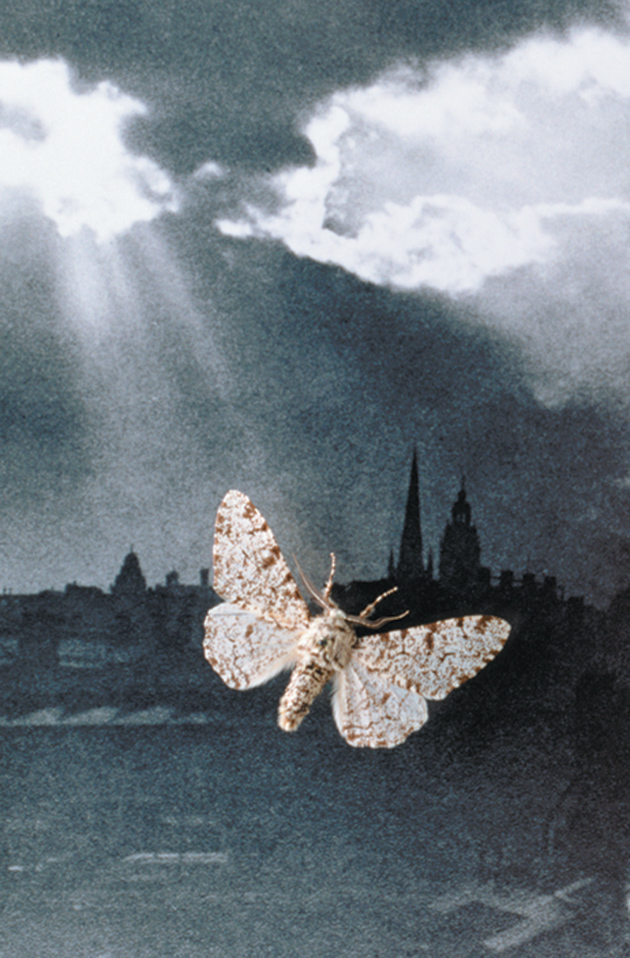In response to:
Not So Natural Selection from the May 27, 2010 issue
To the Editors:
In his perceptive review of Jerry Fodor and Massimo Piattelli-Palmarini’s What Darwin Got Wrong [NYR, May 27], the tireless gadfly Richard Lewontin once again decries the careless use of metaphor and narrative in science. Offering his usual bracing corrective to the overheated imaginations of biologists and others (historians, sociologists, evolutionary psychologists) who invent plausible “evolutionary” stories of various phenomena and pass them off as factual, he concludes with a characteristic warning that “biologists should not engage in idle speculations.”
But is all speculation really as idle as Lewontin would have us believe? And does the complexity of many natural and social phenomena necessarily preclude the explanatory value of any narrative account of them, as he suggests?
To illustrate his point, Lewontin offers the famous example of the peppered moth, which (biologists have long told us) evolved a darker color after air pollution in industrial Britain darkened the surfaces of the trees on which they lived. The original lighter-colored moths, suddenly highly visible, were easily spotted by predatory birds, while those carrying a mutation for darker color survived and reproduced. But, as Lewontin writes, “the caterpillars of the dark-winged forms also have a slightly higher survival rate…so something more is going on, but this fact is not part of the curriculum.”
Yet nothing Lewontin adduces suggests that the traditional story is wrong (although, as always in science, new evidence may lead us to reject it in the end). Rather than overturning the narrative as an explanation, the caterpillars merely complicate it. (Perhaps wing color and some other adaptation during the caterpillar stage evolved together.) What Lewontin demonstrates is not the inadequacy of narrative explanation, but the inadequacy of oversimplistic narrative explanation. If there’s a tautology there, it’s Lewontin’s, not the storytelling biologists’.
Lewontin leaves off his example with the suggestion that “something more is going on,” steadfastly refusing to show any curiosity about what that something might be. To indulge in such curiosity might lead to “idle speculations”! Or, as a less doctrinaire writer would call it, a hypothesis, which can be tested in a (metaphorically) Darwinian way and perhaps emerge as a theory or even a law of nature. In other words, a scientific explanation.
Colin Wells
Westport, New York
Richard Lewontin replies:
The letter from Colin Wells discusses a general issue that has also been raised in detail by letters of a much more technical nature. One is from a leading American evolutionary geneticist, Jerry Coyne, and one from the eminent Greek evolutionist Costas Krimbas. They point out that more carefully designed recent work on the peppered moth has confirmed the protection against bird predation provided by the inherited darker form. But that is not the issue. The selective advantage or disadvantage of a gene depends on its effect on the entire life cycle including not only adult survivorship, but hatchability of eggs, survivorship of all the immature stages, mating success of different surviving adults, and their relative fertility. Yet even the most critical recent work on melanism—darker pigmentation—has concentrated only on survivorship of adults. A complete and satisfactory natural historical story requires an evaluation of all of these components.
This is extremely difficult to accomplish in natural populations of animals, much of whose life cycle occurs out of the range of possible observation. Indeed, if one is interested in telling convincing natural historical stories, plants are vastly better subjects for observation. They stay in one place and the seeds set by individuals can be counted, tested for germination and subsequent growth, and genetically characterized. It is an interesting project for sociologists of science to understand the predilection of evolutionary geneticists for the study of animals when trying to exemplify the process of natural selection.
There is a more important general point. While a few adequately designed confirmatory cases may help evolutionists in their struggle against the forces of resurgent creationism, they do nothing to advance our understanding of evolutionary biology. Paradoxically, evolutionists need to study precisely those cases where the observations in nature appear to be the opposite of what one expects, because it is these cases that result in the discovery of new phenomena.
A famous case in point was the mysterious very high frequency of a form of a particular gene in mouse populations that, when inherited both maternally and paternally, caused total male sterility. Such a gene variant should be expunged rapidly from the species by natural selection. It turns out that in the sperm produced by males who carry only a single copy of the sterility gene and are therefore fertile, instead of equal frequencies of sperm carrying the normal gene and the abnormal gene as predicted by Mendel’s laws, 95 percent of the sperm carry the sterility-causing form of the gene. This unexpected phenomenon, at variance with a basic assumption of classical Mendelian genetics, results in the high frequency of the sterility gene that is maintained in natural populations.
Over and over in the history of genetics from the rediscovery of Mendel’s work to the most recent findings in cellular and molecular biology, new and unexpected genetic phenomena have been found that make our understanding of the process of evolution richer and more inclusive.
This Issue
September 30, 2010




